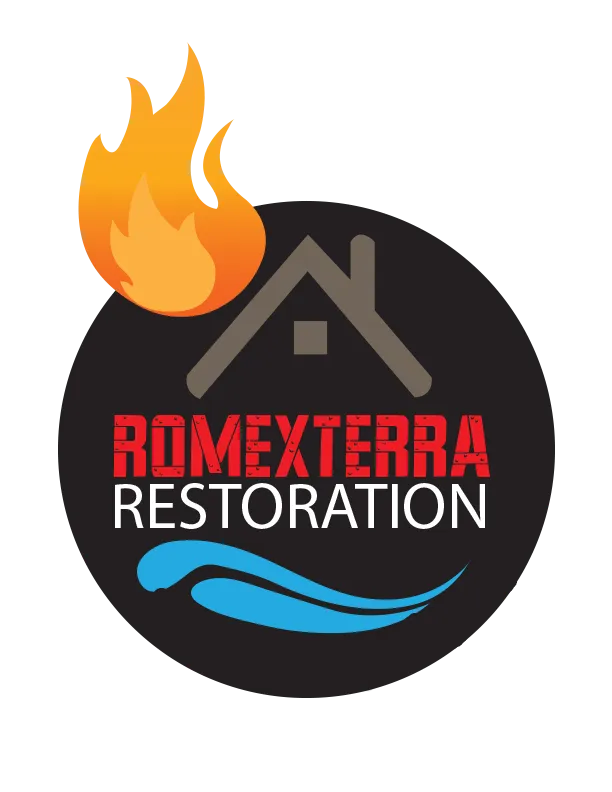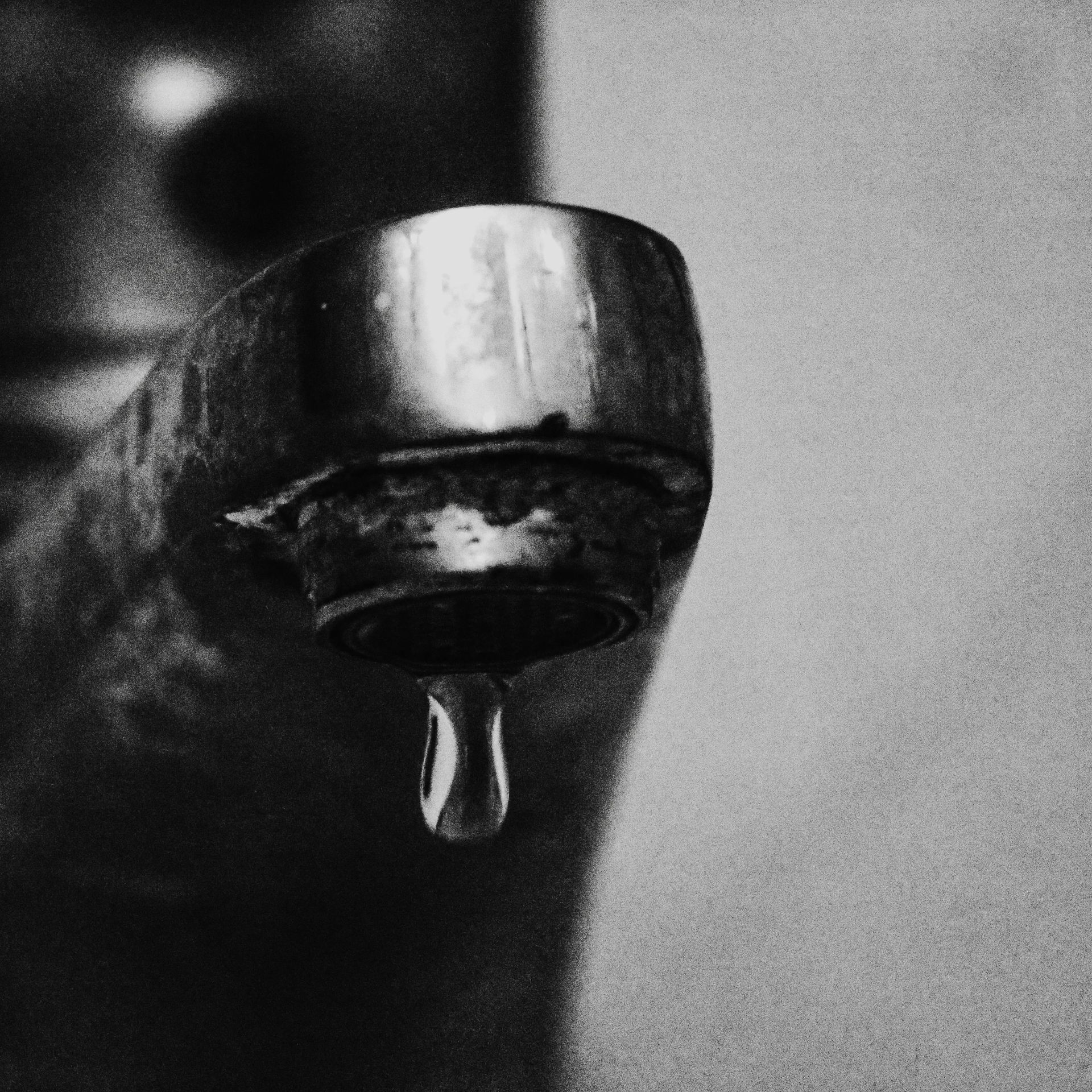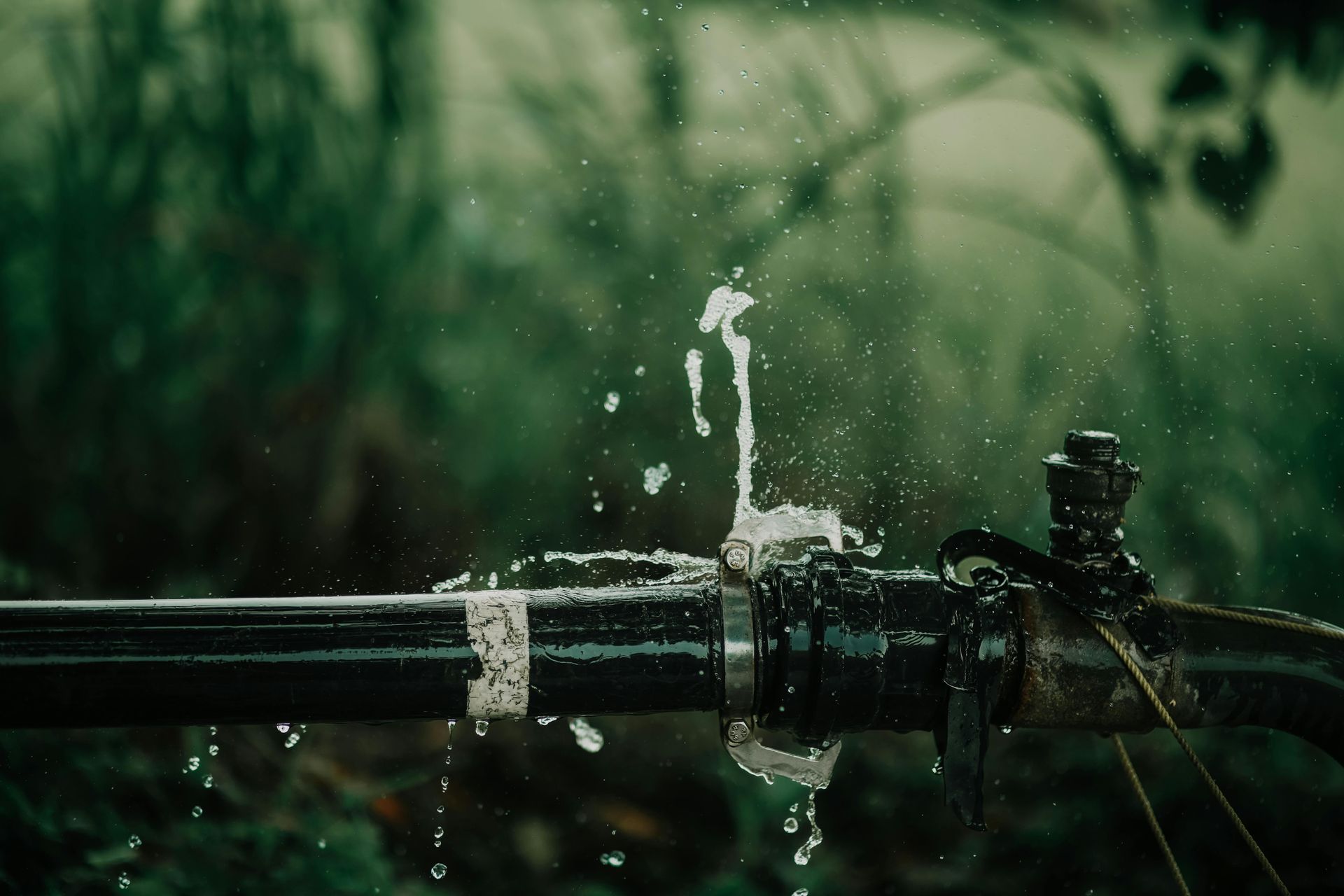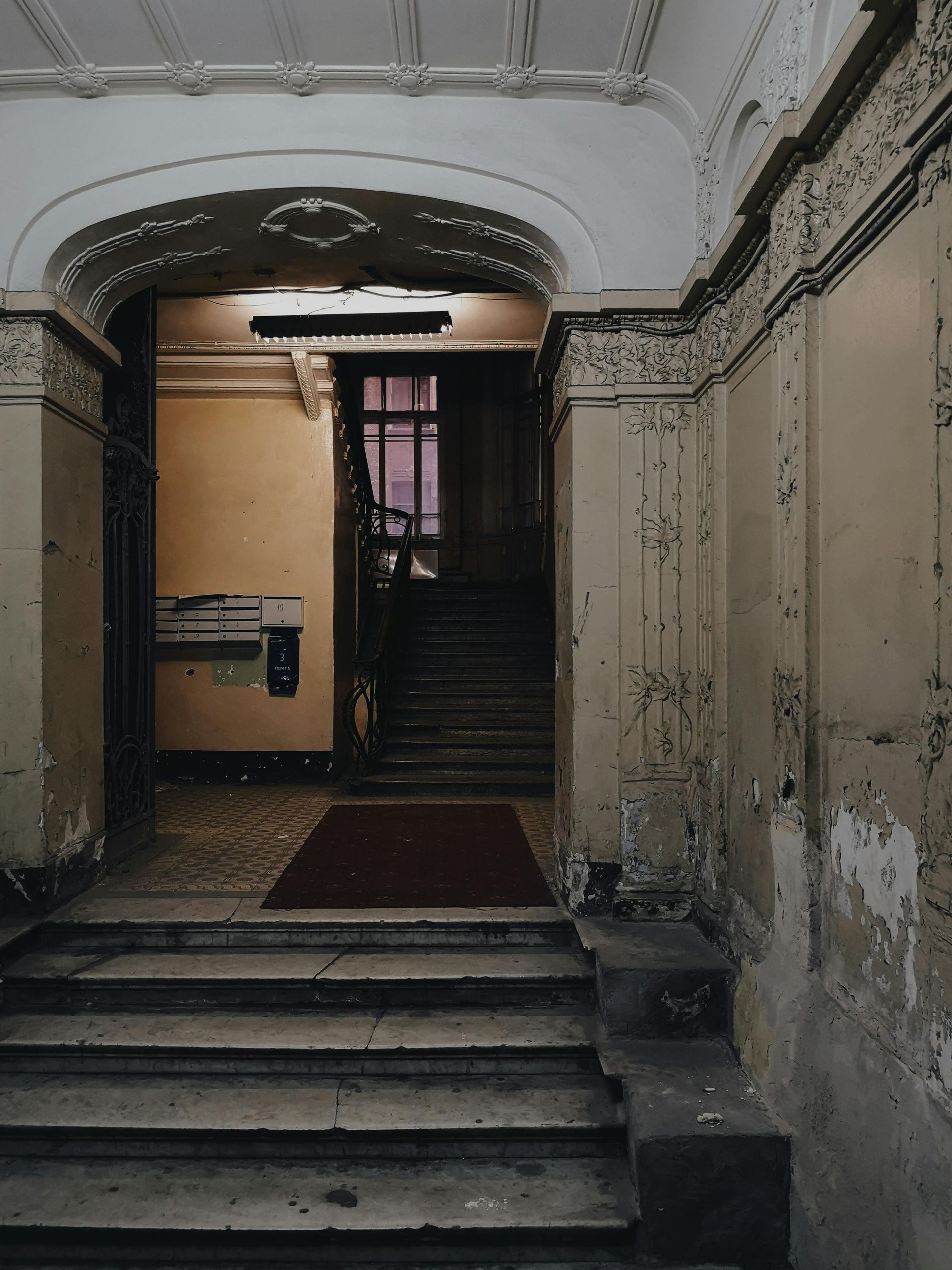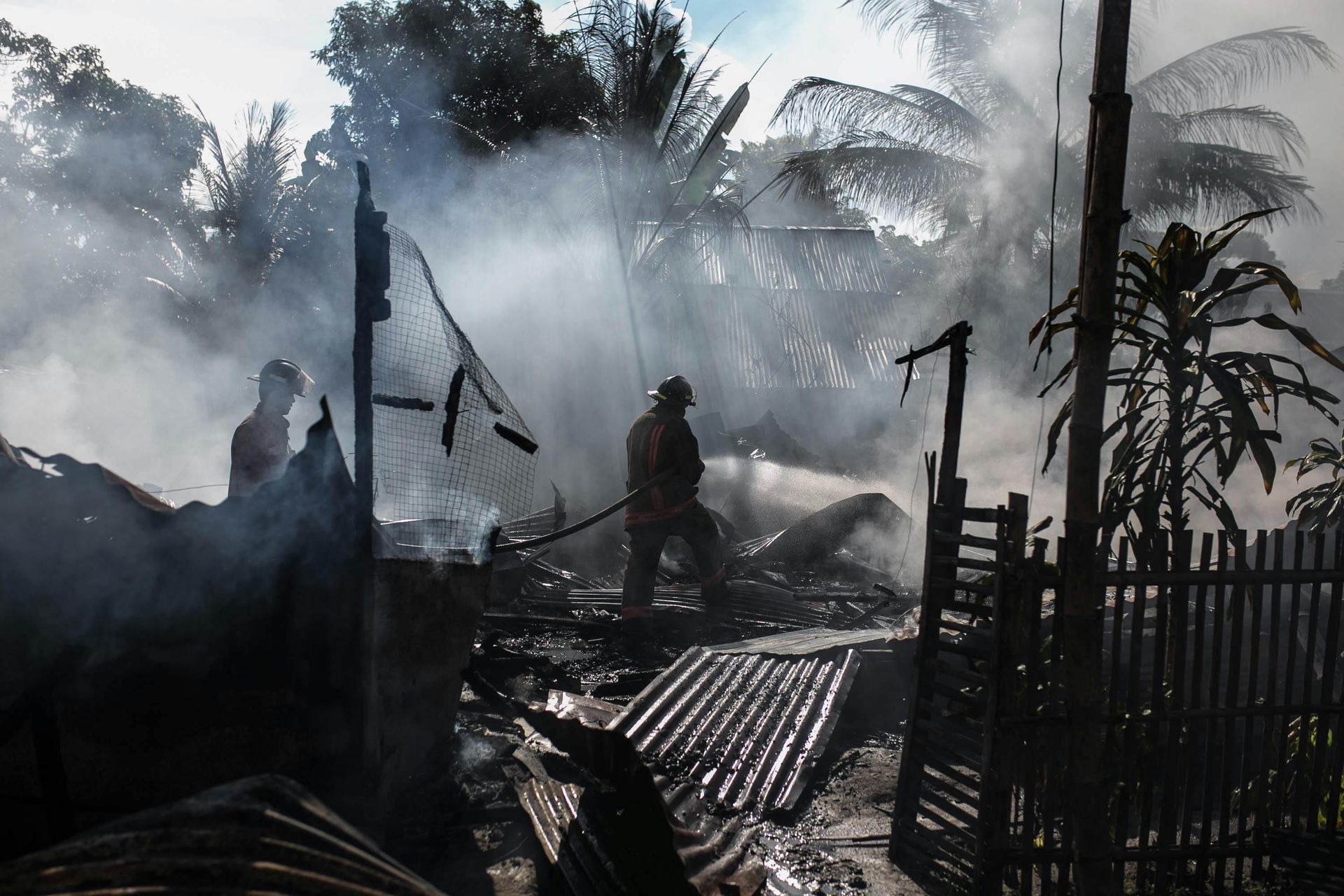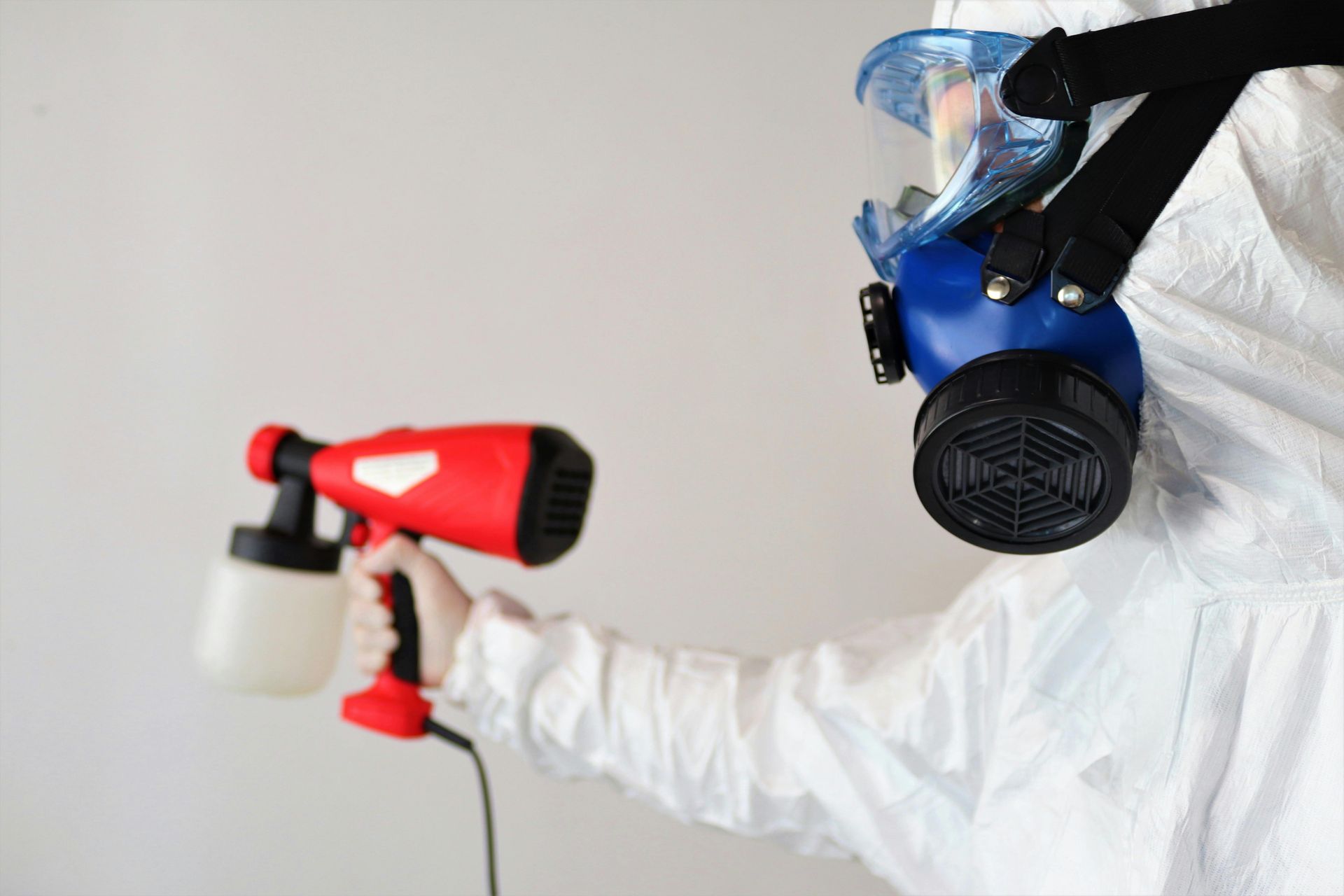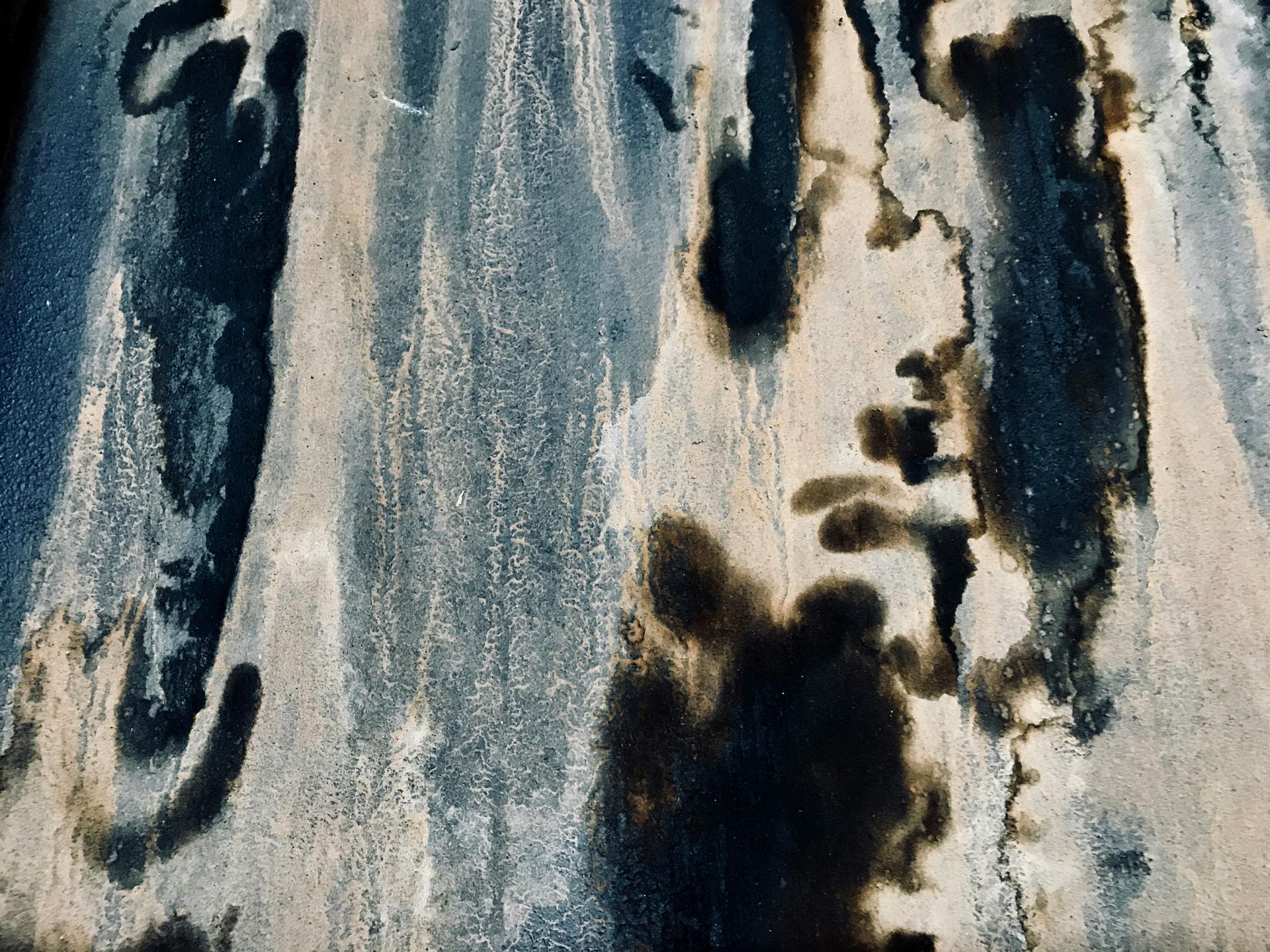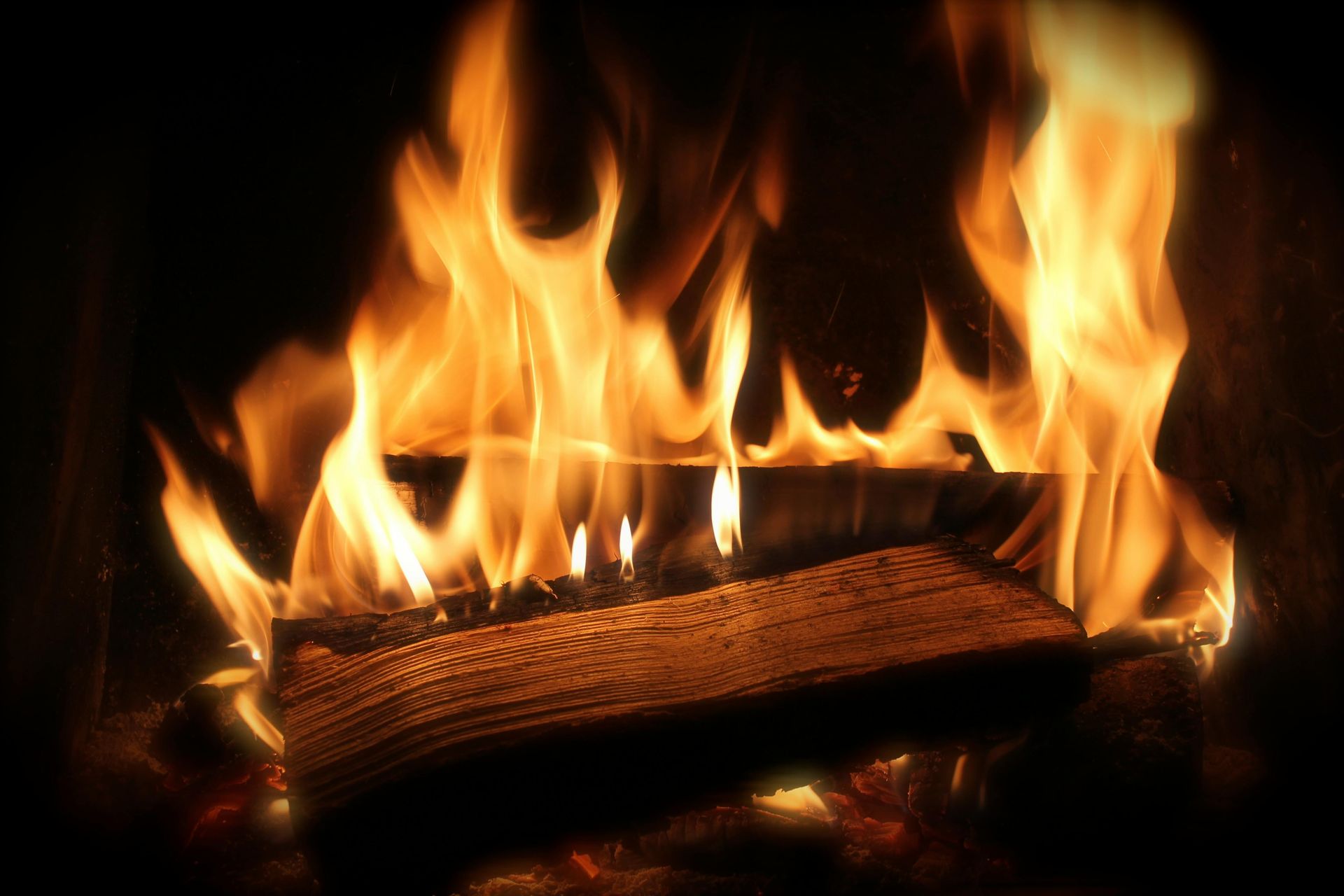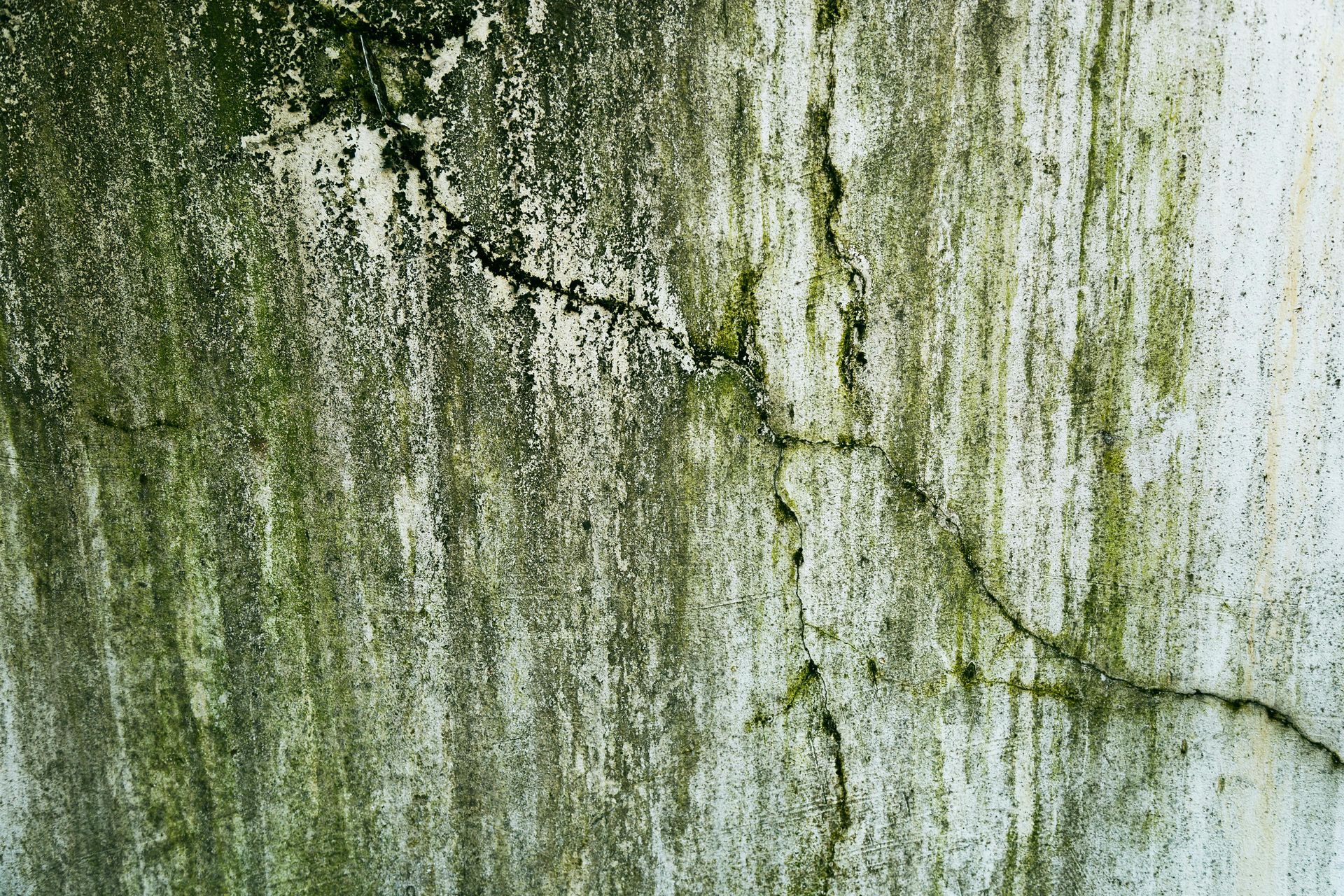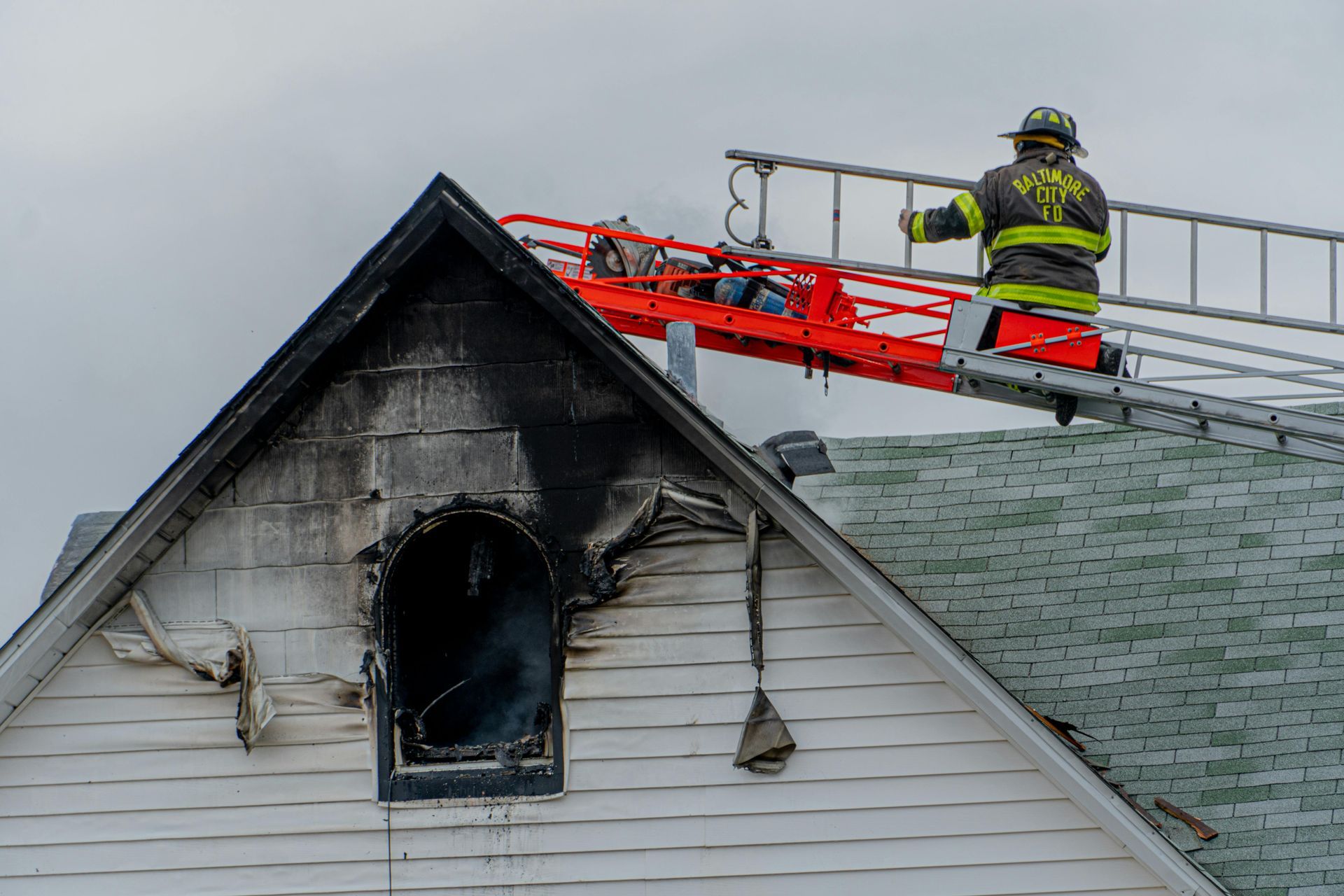The Ins and Outs of the Water Damage Restoration Process: A Comprehensive Guide
Water damage is a common problem that many homeowners face and a wide variety of sources can cause it. Water damage can have serious consequences if not addressed quickly, whether standing water from a recent flood, a leaky roof, or a burst pipe. Ignoring water damage can lead to costly repairs, health hazards, and even mold growth.
This article will provide a comprehensive guide to the restoration of water damage. From the initial assessment to the final cleaning, we'll take you through the steps to restore your home to its pre-damage condition.
If you're dealing with water damage in your home, it's important to act quickly. The longer you wait, the more damage can occur and the more expensive the restoration process. So, let's dive into water damage restoration and discuss how to get your home back to normal.
Assessment and Inspection
An initial assessment and inspection are critical steps in the water damage remediation process, as they allow professionals to identify the severity of the damage and potential sources of water. This information helps them develop a plan to address the situation and mitigate further damage. During the assessment, professionals use tools such as moisture meters, thermal imaging cameras, and other equipment to determine the extent of the damage. These tools allow them to measure the moisture content of materials, locate hidden water sources, and identify areas of the building that have been affected by the damage.
The assessment may reveal various types of damage, such as structural, electrical, and mold growth. Structural damage may include water-soaked drywall, warped floors, and sagging ceilings. Electrical damage can occur when water comes into contact with electrical components, causing short circuits and potentially dangerous situations. Mold growth is another common problem resulting from water damage. It can cause health issues and lead to further damage if not addressed promptly. The assessment helps professionals determine the best course of action for restoration based on the severity and type of damage identified. With this information, they can develop a customized plan to restore the property to its pre-damage condition.
Water Extraction
Water damage cleanup is a stressful and time-sensitive task requiring specialized equipment and techniques to extract water and moisture from the affected area properly. Professional water extraction companies utilize powerful pumps and vacuums to remove standing water quickly. The first stage of the water damage cleanup process involves thoroughly assessing the damage and identifying water sources, including hidden pipes and moisture pockets. This stage sets the foundation for the rest of the water extraction process.
The importance of quickly removing water from the affected area cannot be overstated. Left untreated, standing water and moisture can lead to mold growth, which can cause serious health problems for those living in the area. In addition, water damage can weaken the structure of a building, leading to expensive repairs down the line. Homeowners can assist with water extraction by turning off the electricity in the affected area and avoiding contact with standing water. Removing debris from the area is also important to make the water extraction process more efficient. The key to successful water damage cleanup is immediately acting quickly and contacting a professional water extraction company.
Drying
Drying out the affected area is one of the most crucial steps in flood damage restoration. This process prevents further structural damage, as well as the growth of mold and mildew that can pose a health risk to occupants. If left unaddressed, water damage can weaken the foundation of a building and cause irreparable harm to important structural components.
Professionals use a variety of equipment to dry out water-damaged buildings. Air movers are utilized to circulate air and promote rapid evaporation. Dehumidifiers are also critical in removing excess moisture from the air and significantly reducing the relative humidity of the affected area. Moisture meters can be used to track the progress of the drying process and ensure that the space has reached an acceptable level of dryness. Furthermore, professionals may use specialized equipment such as infrared cameras to identify hard-to-spot water-damaged areas.
Homeowners looking to assist with drying should ensure proper ventilation by opening windows and using fans. This can also help move fresh air, which minimizes mold growth. Another crucial tip is to remove any standing water and wet materials from the affected area as soon as possible. Additionally, homeowners can use moisture-absorbing materials like baking soda, kitty litter, or calcium chloride to soak up excess water. These steps can support the professionals' efforts in drying out the affected area quickly and efficiently, ultimately preventing further damage to the building and protecting the health of its occupants.
Cleaning and Sanitizing
Cleaning and sanitizing the affected area after water damage is crucial to prevent further damage and ensure the health and safety of the occupants. In addition, standing water can lead to the growth of mold and other harmful microorganisms that can cause respiratory problems and other health issues. Therefore, it is important to completely dry out the affected area and disinfect it using appropriate cleaning agents and techniques.
Different cleaning agents and techniques, including antimicrobial cleaners, disinfectants, and sanitizers, are used for water damage repair. Antimicrobial cleaners are used to remove debris and inhibit the growth of microorganisms. Disinfectants are used to kill microorganisms and sanitize the affected area. Sanitizers reduce the number of microorganisms to a safe and acceptable level. Professional water damage repair companies use specialized equipment and techniques to effectively clean and disinfect the affected area, completely removing all harmful microorganisms.
Professionals take steps to prevent cross-contamination and protect the health and safety of occupants. For instance, they use personal protective equipment to protect themselves while working in contaminated areas. They also use specialized air scrubbers and negative air machines to prevent spreading of airborne contaminants. Additionally, professionals isolate the affected area and limit access to prevent the spread of contaminants to uncontaminated areas. Overall, immediate and effective cleaning and sanitizing of the affected area is critical to prevent further damage, promote occupant safety and health, and ensure successful water damage repair.
Restoration and Repairs
Restoring an area affected by water damage may involve repairing or replacing damaged materials and repainting or refinishing surfaces. The process begins with ensuring the area is properly cleaned and dried to prevent further structural damage and moisture buildup. Professionals may also provide deodorization services to remove any unpleasant odors caused by the water damage. Depending on the extent of the damage, they may also apply water damage mitigation techniques to prevent future disasters.
Working with professionals is crucial to ensuring the restoration process is done correctly, safely, and efficiently. Restoration companies have the necessary skills, tools, and experience to assess the damage and take appropriate measures to restore the area to its previous state. Homeowners can work with professionals to choose suitable materials and finishes that match the overall design of their homes. Professionals can provide useful tips on selecting durable materials that fit the budget and meet relevant safety standards.
When choosing a restoration company, it is essential to consider its reputation and reliability. A reputable company should have a track record of providing quality services and responding promptly to emergencies. In addition, they should be licensed, insured, and certified for water damage restoration projects. Homeowners can also read customer reviews and ask for references to gauge the quality of the company's services. By working with a reliable restoration company, homeowners can ensure that their properties are restored to their original condition and avoid future water damage disasters.
Communication and Documentation
Effective communication and documentation are crucial aspects of any damage insurance restoration process. This ensures that homeowners are informed and involved in every process step, reducing anxiety and offering peace of mind. Restoration professionals typically communicate with the homeowner through phone calls, emails, or in-person visits. They provide regular updates regarding the progress made, and if any issues arise, the homeowner is notified promptly. By keeping the homeowner informed, they can plan accordingly and be aware of the necessary steps that need to be taken to ensure that the restoration process is successful.
Additionally, documentation serves as proof that the restoration process was conducted successfully. This includes detailed reports outlining the damage's extent, the steps to address it, and the restoration results. Photographs of the damage before and after the restoration process may also be included in the documentation. Reports and photographs can help insurance adjusters assess the damage and determine a fair settlement amount. Homeowners can also use these documents for future reference or to file another claim.
In conclusion, communication and documentation are crucial in the restoration process. Restoration professionals understand the importance of keeping homeowners informed, involved, and updated. Therefore, they document every step of the process, which is essential for future reference and if another issue arises later. Through open communication and documentation, homeowners can rest assured that their property will be restored to its pre-damage state.
Water Damage Restoration With Romexterra Restoration
When faced with water damage, acting fast is crucial to avoid further harm to your property. Hiring a professional water damage cleanup service is the first step to restoring your home or business to its previous state. The water damage restoration process involves several steps: assessment and inspection, removal and extraction, drying and dehumidification, cleaning and sanitizing, and restoration.
At Romexterra Restoration in Chicago, IL., we understand the urgency of water damage cleanup, and we're equipped to handle any situation, big or small. Our team of certified professionals uses state-of-the-art equipment to extract standing water and dry your property thoroughly to prevent mold and further damage. We also use specialized cleaning and sanitizing products to ensure your space is safe and habitable again.
Water damage cleanup can be stressful and overwhelming, but hiring a professional service like Romexterra Restoration can make all the difference. Our team is available 24/7 to respond to emergencies, and we're dedicated to restoring your property to its pre-damaged condition as quickly and efficiently as possible. So don't hesitate to contact us today for a free consultation and take the first step towards peace of mind.
